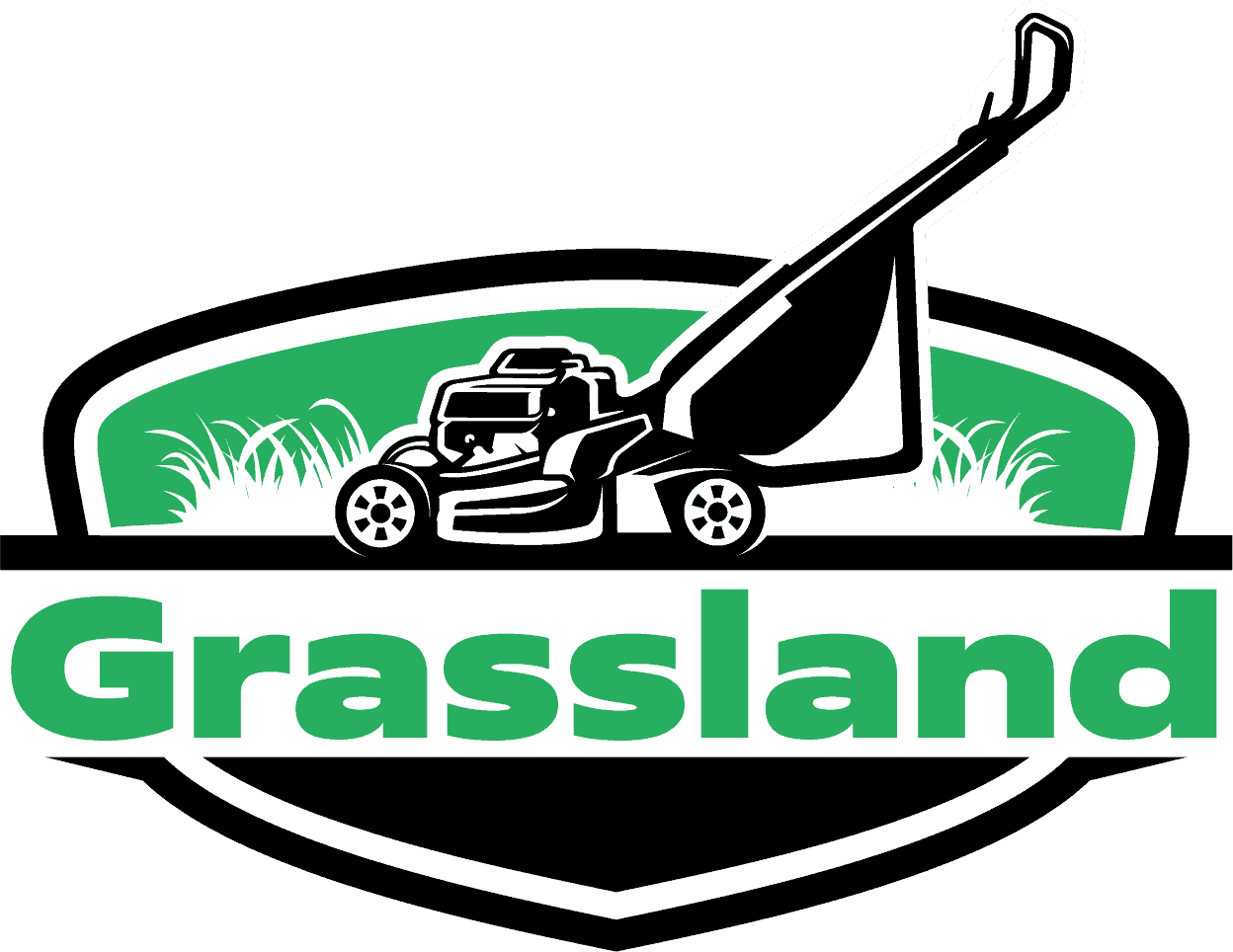Grading
The most laborious part of laying sod is the grading of the lawn. You probably don’t think much about it, but spending time grading can make or break your new yard. Many homeowners forget to grade after the installation, and they end up with an uneven lawn that will be difficult to maintain. Remember, laying sod on an ungraded lawn is like laying a puzzle, and it will seem like you did not lay enough pieces.
Grading around a new lawn installation ensures no dips where water collects and runs off towards the house. It also allows for even distribution of irrigation water later on in life (if you use an automatic system). Another reason for grading is to allow enough room for the spread of roots during establishment and provide space for future expansion as roots grow into those areas that have been graded away.
In addition, grading should begin once the area has been excavated and the soil stockpiles have been moved to create a level foundation. If you are building a retaining wall, it is essential that your grading extends beyond the wall because this will allow for rainwater to run off when your garden is watered. Keep in mind to inspect your grading regularly after installation to ensure that no sediment settles into low areas or that there’s not too much room in high areas. Add more soil as needed throughout the process to keep everything in balance.
What Is Grading?
Yard grading refers to cutting away any excess soil from an unprepared site so that water can flow more quickly through it. It reduces runoff and will help plants grow better.
Avoiding runoff also helps prevent flooding because there’s less water coming down the hill suddenly during heavy rains or when snow melts. If you’re lucky enough to own a property near waterways, it will reduce sediment deposition in the watercourse, which can have a beneficial effect on fish in particular. Encouraging better plant growth also helps native plants and animals flourish, assisting local ecosystems to stay healthy.
So what can grading your lawn do for you?
- Increases the visual appeal of the landscape
- Prevents water runoff from affecting other areas of a yard
- Ensures that rainwater is properly filtered to prevent erosion in less accessible areas of a yard.
- Establishes a drainage pattern that is optimal for your region
- Separates different types of plants so they can properly grow (e.g., separating grass from wildflowers)
- Removes any obstacles on or in the soil, such as large rocks or tree stumps. This will ensure the proper growth and health of plants and grasses.
- Compacts soil to establish a good soil base for your lawn
- Provides an even surface for grass mowers and trimmers. Grading also helps make it easier to trim or edge your lawn by providing a clear boundary between your yard and another area. For example, grating between grass around trees makes cutting the line around them much easier without getting too close.
How To Grade A Lawn
The easiest way to grade your lawn is by starting with the lowest area first. Dig out the high point (or points) until they are level with the surrounding areas, then put grass seed, fertilizer, and soil back into that spot to finish it up. This will leave you with an even lawn sloping down toward the house instead of away from it or toward any other structure on your property, like a sidewalk or driveway.
If you add anything other than a lawn to your yard, like plants, mulch, boulders, etc., harsh angles could be an issue due to excess water draining onto the plants you want alive. When adding these features, consider where they should go by identifying where the water is now.
If you are grading your yard to make it even, it’s essential to start with the high points first because it’s where the most dirt will be removed. For example, if you have a bumpy hill pointing away from your home, start by using a shovel to slowly dig out the area until it is level with other places on your lawn.
It helps to plan ahead of time before starting since once you dig into an area of your yard, you cannot put that soil back without adding more somewhere else. Take careful measurements of the land before beginning, so you know how much material to go where.
Using Landscape Fabric
If you want to change the shape of your yard, grading can be trickier than simply removing excess dirt. Using landscape fabric underneath the dirt is vital for landscaping purposes so that the soil doesn’t erode. That’s why it’s best to hire an experienced landscaper who knows how to install it so that your lawn still slopes in the right direction.
Using Landscaping Blocks Or Stones
You can also use landscaping blocks or stones instead of dirt, but ensure you know what you want: function or looks. Some landscapers prefer this method because it provides a sturdy base while keeping costs low since it doesn’t require equipment rentals or other necessary expenses when doing major grading work.
FREQUENTLY ASKED QUESTIONS
You may have heard of landscaping contractors removing all vegetation first and then bringing in dirt after the grading has been completed for a lower cost than if they just graded with vegetation on site. This is completely up to you, but there are pros and cons on both sides. At Long Beach Landscaping & Lawn Care, our priority is to make your landscape stand out, and we don’t only provide you with the best options, but we also give expert advice.
That depends mostly on your geographical location. In most areas, lawns will benefit from grading every one to two years. Some homeowners may be tempted to grade their yards more often than that. However, it’s important to remember that over grading a lawn can result in the opposite of the desired effect. These include:
- Weakening roots by removing too much soil
- Promoting disease and weeds by removing beneficial microbes and exposing grass blades at ground level
- Starving roots of water and nutrients due to the disrupted root structure.
Grading is best done in the late fall or early spring when there are no leaves on the trees or grass blades to clog up your lawnmower’s blade. The only downside to grading is that your yard may look a little rough for a day or two during this time of year because you will be removing some dead stems along with thatch and soil. But within 48 hours, your lawn should bounce back nicely once rooted shoots begin showing through.

